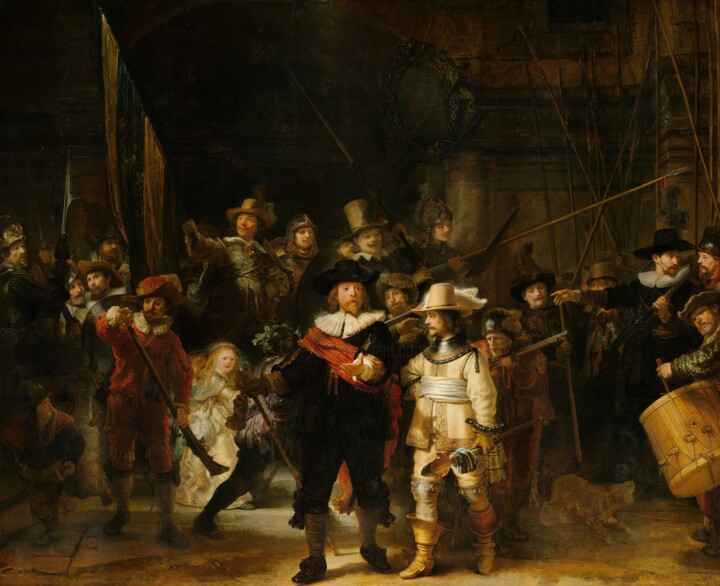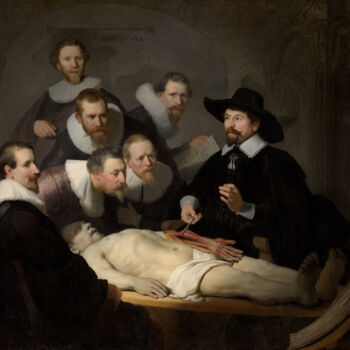Night Watch (1642) Painting by Rembrandt
Not For Sale
Sold by Artmajeur Editions
Sold by Artmajeur Editions
-
Original Artwork
Painting,
Oil
on Canvas
- Dimensions Height 149.4in, Width 178.5in
- Framing This artwork is not framed
Related themes
Rembrandt was born in Leiden around 1606 or 1607. From 1613 to 1615, he went to the Latin school there, and from 1620 on, he went to college. In 1622, he started working for the Leiden history painter Jacob Isaacsz. van Swanenburg for three years. Afterward, he spent about six months around 1625/26 in the workshop of Pieter Lastman in Amsterdam. There, he learned about the new styles of the early Baroque. Rembrandt moved to Leiden around 1626 to work as an independent painter. On February 14, 1628, he took Gerrit Dou as a student in his workshop. After moving to Amsterdam in 1631 and getting married to Saskia van Uylenburgh in 1634, he had many artistic successes very quickly. As a citizen of Amsterdam, he bought a big house in 1639. His wife, Saskia, died on 14 June 1642. After she died, he hired Geertje Dircx to care for his son Titus, who had been born in September of the year before. In 1649, she tried to sue him for breaking their promise to get married, but she failed. The conflict made her decide to seek refuge in Gouda the following year. Hendrickje Stoffels, who had been his housekeeper as early as 1647, helped the artist as his new life partner. In the 1650s, Rembrandt had trouble paying his bills because he had been living with someone without permission. Because he couldn't pay, an inventory of his belongings was made in 1656. This list shows how many things he had. After his house and collections were sold at auction in 1660, Hendrickje and Titus took over the painter's business and put it in their own names. At this time, Rembrandt's last student was Aert de Gelder. In his later work, he painted many portraits of important people in Amsterdam. Hendrickje died in 1663, and his son Titus died in 1668. Rembrandt died the next year. His work, especially his many self-portraits, shows a lot about his life, which is an important part of what makes him modern. Portraits, histories, genres, and landscapes are all traditional subjects, but he gives them a new meaning with his own style. His many etchings are as well-known as his paintings. He is often called the most important etcher of the seventeenth century. Rembrandt was one of the most influential artists of the so-called "Golden Age" of Netherlandish painting and one of the giants of Western painting. He taught a lot of artists, such as Carel Fabritius, Ferdinand Bol, Jan Victors, Govaert Flinck, Nicolaes Maes, Gerbrandt van den Eeckhout, and Samuel van Hoogstraten.
-
Nationality:
FRANCE

- Date of birth : unknown date
- Artistic domains: Represented by a Gallery,
- Groups: Contemporary French Artists Artists presented by a gallery
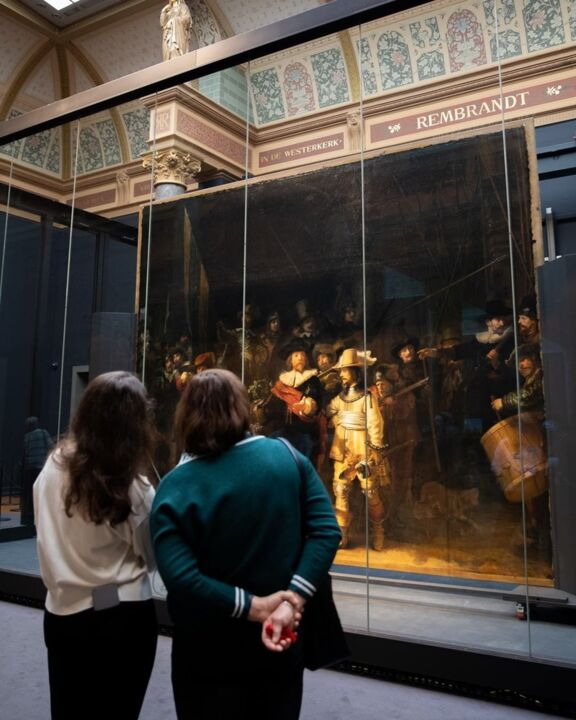 Discover Rembrandt's "The Night's Watch" at the Rijksmuseum as you've never seen it before
Discover Rembrandt's "The Night's Watch" at the Rijksmuseum as you've never seen it before
 Netherlands ready to spend $ 198m on Rothschild-owned Rembrandt self-portrait
Netherlands ready to spend $ 198m on Rothschild-owned Rembrandt self-portrait
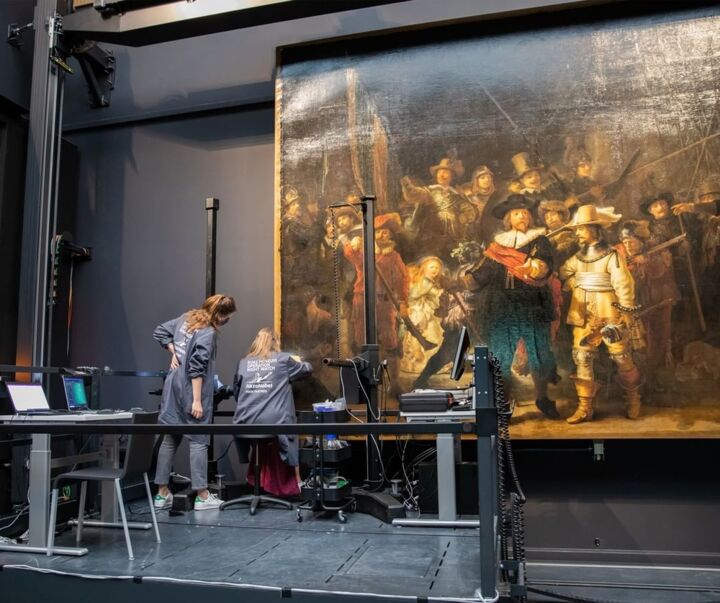 A hidden sketch in Rembrandt's The Night Watch has been discovered by researchers
A hidden sketch in Rembrandt's The Night Watch has been discovered by researchers
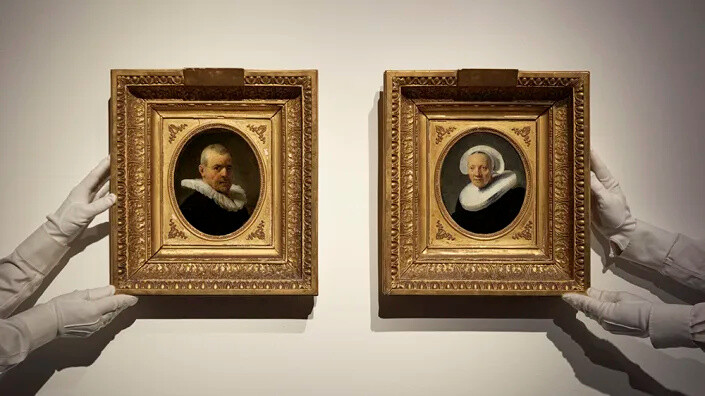 Two lost Rembrandt portraits soon to be sold at Christie's
Two lost Rembrandt portraits soon to be sold at Christie's
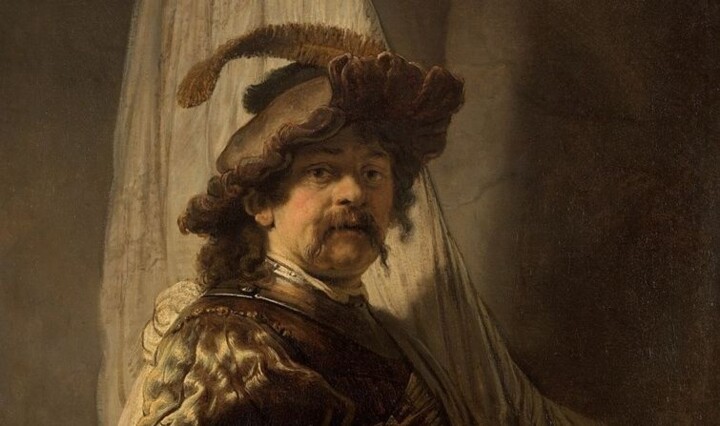 "The Standard Bearer" by Rembrandt goes on display at the Rijksmuseum for free
"The Standard Bearer" by Rembrandt goes on display at the Rijksmuseum for free
 Rediscovered Rembrandt Masterpiece: From Obscurity to $18.4 Million Triumph
Rediscovered Rembrandt Masterpiece: From Obscurity to $18.4 Million Triumph
 Rocco Ritchie Strikes the Art World: A Bold Debut in Miami
Rocco Ritchie Strikes the Art World: A Bold Debut in Miami

